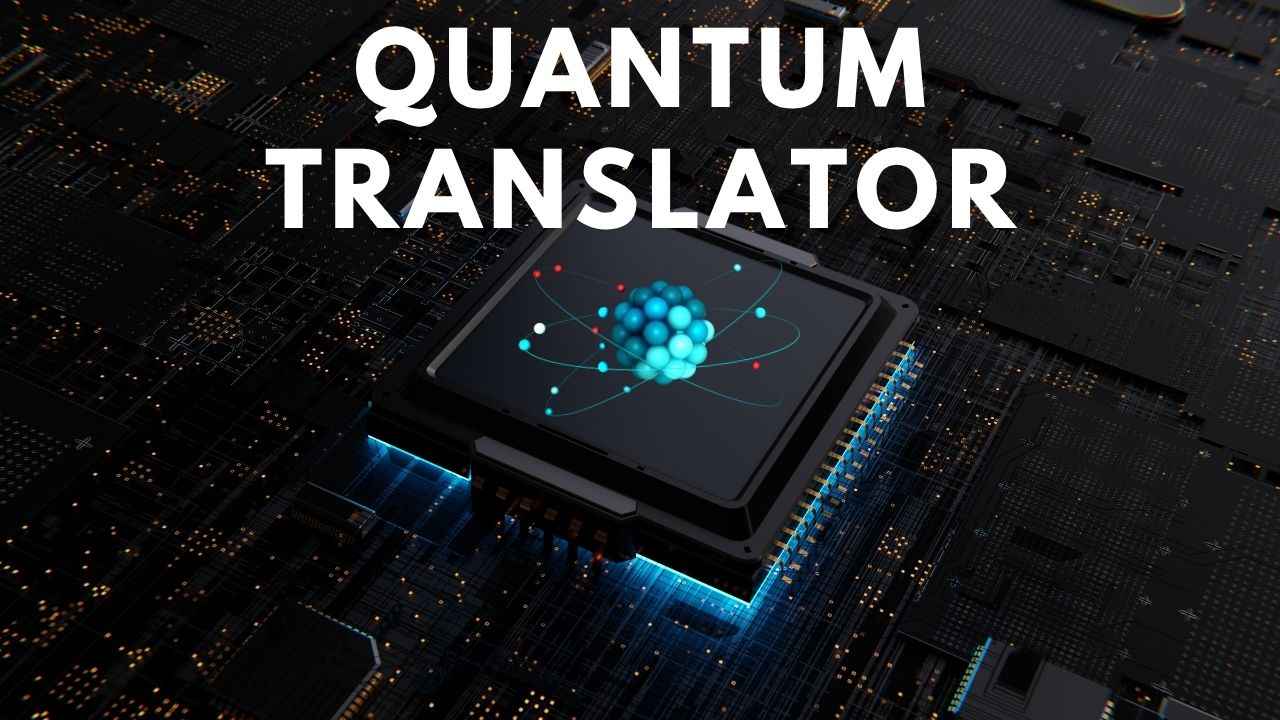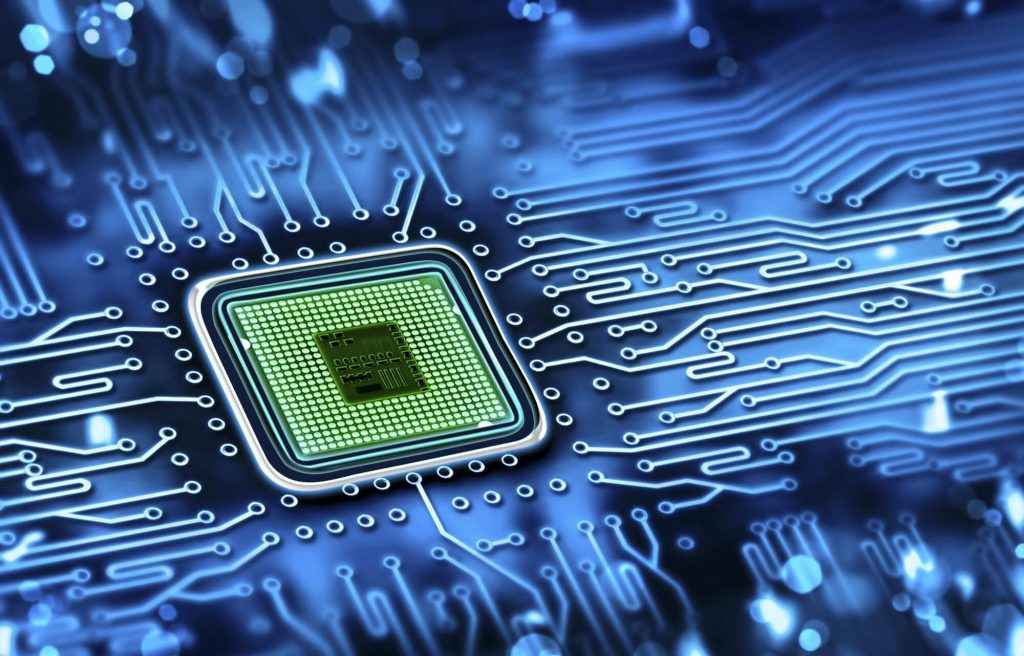Imagine a world where quantum computers can communicate across cities, countries, or even continents, exchanging information at lightning speed with unbreakable security. Researchers at the University of British Columbia (UBC) have proposed a breakthrough that could bring this vision closer to reality: a tiny silicon chip that acts as a universal translator for quantum computers, converting signals between microwaves and light with remarkable efficiency.
The device addresses one of the biggest challenges in quantum networking, preserving quantum entanglement while transmitting information over long distances. It converts up to 95% of a quantum signal in both directions, with virtually no added noise, ensuring that the delicate quantum connections between particles remain intact.
“It’s like finding a translator that gets nearly every word right, keeps the message intact and adds no background chatter,” said Mohammad Khalifa, the study’s lead author, who conducted the research at UBC’s Faculty of Applied Science and the Blusson Quantum Matter Institute (QMI).
Also read: Building Starling: IBM’s fault-tolerant quantum computer coming in 2029
The quantum communication challenge
Quantum computers process information using microwave signals, but these signals don’t travel well over long distances, they get absorbed or scattered in cables. On the other hand, optical signals (light) can travel through fiber optic cables across vast distances with minimal loss. The challenge is converting microwave signals to optical ones and back without disturbing the fragile quantum information they carry.
“Most importantly, this device preserves the quantum connections between distant particles and works in both directions,” Khalifa explained. “Without that, you’d just have expensive individual computers. With it, you get a true quantum network.”
Preserving that entanglement, what Einstein famously called “spooky action at a distance,” is essential for unlocking the real power of quantum technology. A reliable quantum network would not only enable unhackable internet communication, but also open the door to advances like highly accurate indoor navigation systems, faster drug discovery, and powerful simulations of complex natural systems beyond the reach of today’s supercomputers.
Also read: After Microsoft, Amazon introduces Ocelot, its first quantum computing chip: All you need to know
Silicon with a twist
The UBC team’s solution is a microwave-optical photon converter that can be fabricated on a silicon wafer, the same material found in everyday computer chips. What sets this chip apart is its use of tiny, intentionally engineered magnetic defects in the silicon. These defects trap electrons at specific points, allowing them to act as intermediaries between microwave and optical signals.
Also read: Google Willow quantum chip explained: Faster than a supercomputer
When these signals are tuned to match the energy levels of the trapped electrons, the electrons flip states and convert one type of signal into the other, all without absorbing energy. This clever design avoids the instability and noise that have limited earlier conversion attempts.
The chip is also remarkably power-efficient, consuming just millionths of a watt. The researchers combined these engineered silicon defects with superconducting materials that conduct electricity with zero resistance, further enhancing performance.
A practical path to quantum networks
While the work is still theoretical, the UBC researchers believe their device could be fabricated using existing chip manufacturing processes, making large-scale production and integration into current communication systems a realistic goal.
“We’re not getting a quantum internet tomorrow, but this clears a major roadblock,” said Dr. Joseph Salfi, senior author of the study and an assistant professor at UBC’s Department of Electrical and Computer Engineering and principal investigator at Blusson QMI.
“Currently, reliably sending quantum information between cities remains challenging. Our approach could change that: silicon-based converters could be built using existing chip fabrication technology and easily integrated into today’s communication infrastructure.”
If brought to life, this technology could help build the foundation for a quantum-powered future, one where secure networks, advanced navigation, and ultra-powerful computing tools capable of revolutionizing medicine, materials science, and climate modeling become part of our technological reality.
Also read: Quantum computing’s next leap: How distributed systems are breaking scalability barriers
A journalist with a soft spot for tech, games, and things that go beep. While waiting for a delayed metro or rebooting his brain, you’ll find him solving Rubik’s Cubes, bingeing F1, or hunting for the next great snack. View Full Profile

